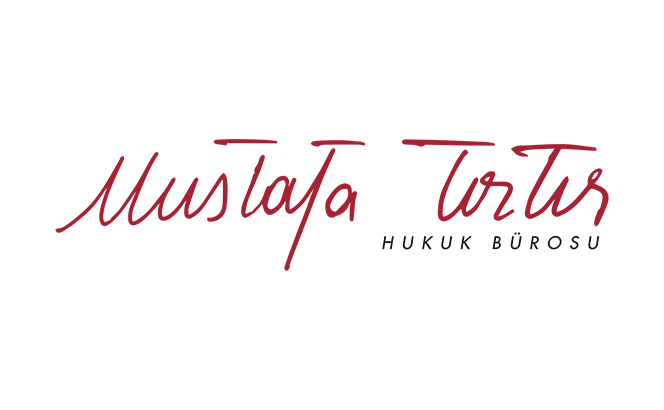
Evrim Uygur Yamaner and İrem Özbay of Gled Partners consider seller liability in providing representations and warranties when transferring shares
In merger and acquisition (M&A) share transfer agreements, it is common to include statements and representations assuring that there are no encumbrances on the shares and that the company was properly established, legally compliant and possesses required permits and licences.










